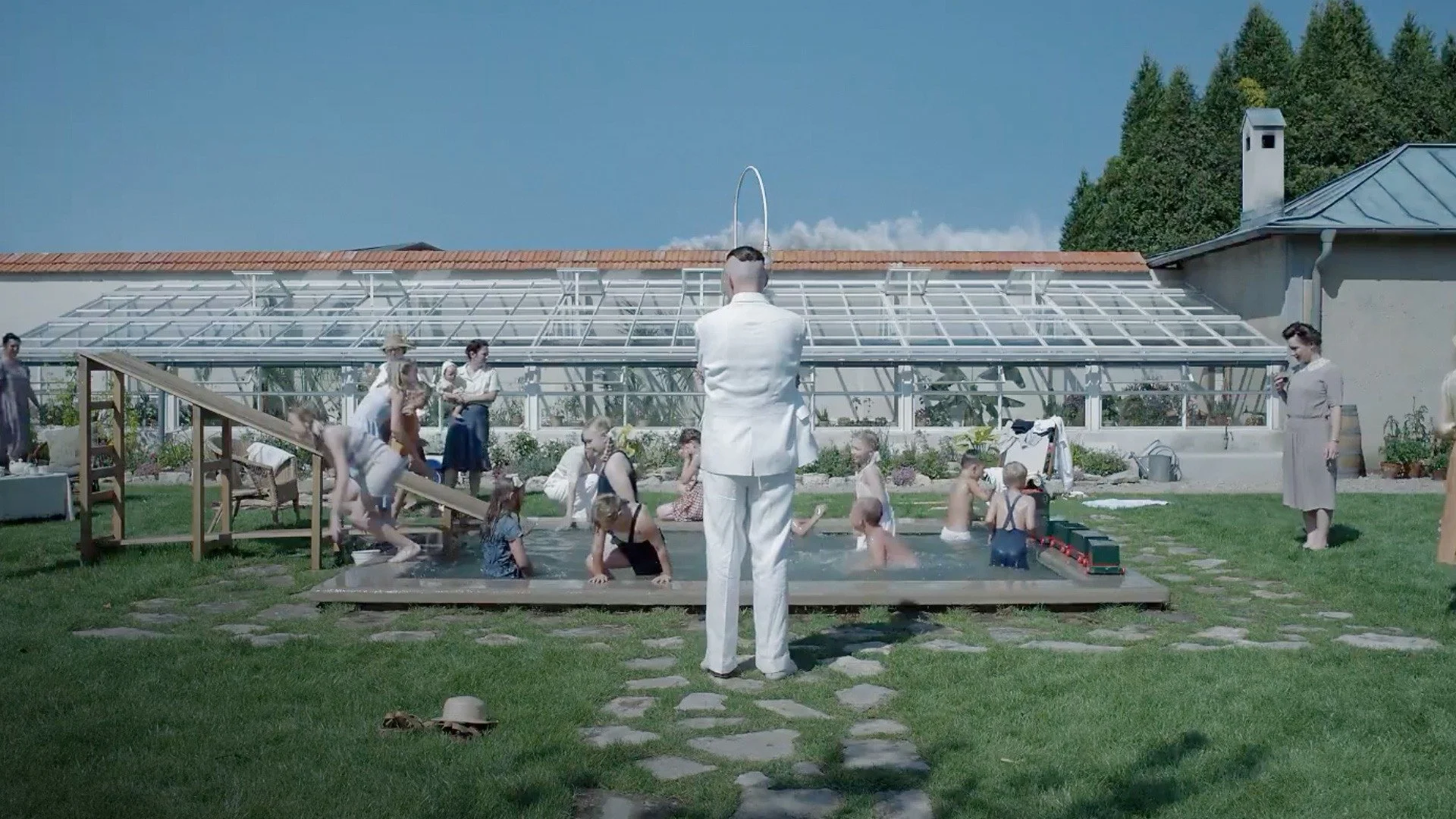The Zone of Interest employs cool detachment to depict chilling banality of evil, opening January 19
Jonathan Glazer’s unsettling film follows Hedwig and Rudolf Höss during the Second World War
The Zone of Interest is now playing at Fifth Avenue Cinemas
THE ZONE OF INTEREST, British director Jonathan Glazer’s much-discussed and deeply unsettling view of Auschwitz from the other side of the wall, finally opens in Vancouver this weekend.
Loosely based on the 2014 novel by Martin Amis, it is the story of passivity in the face of horror—a message that is painfully relevant today.
With cold remove, he follows the domestic life of Hedwig and Rudolf Höss, who, during the Second World War, raised their children in a villa that sat next to the looming barbed-wire fence of Auschwitz. Rudolf was the S.S. commandant overseeing the murder of millions at the death camp.
The family hosts birthday parties, tends to flower gardens, and, god knows how, sleeps at night against the constant roar of hellfires, gunshots, and human cries—the machinery of death. None of the harrowing acts in Auschwitz are depicted. But thanks to Glazer’s use of sound, the disconnect is chilling and omnipresent—making it glaringly obvious that the house’s occupants (distressingly, even the smallest ones) are aware of what is going on.
An early scene suggests the barbarity that lies beneath the polite, uppity lifestyle. A grim, sickly man in prison greys delivers a package to the door, and it turns out to be silk lingerie that the coolly barbaric Hedwig distributes to her friends. She takes a fur coat for herself, admiring it in the mirror—but secretly, knowing somewhere in her soul it’s shameful.
In Sandra Hüller’s hands (she’s equally remarkable in 2023 standout Anatomy of a Fall), Hedwig is complex and conniving. She’s ruthless with her household staff, and eventually she stubbornly refuses to leave her villa when her husband is transferred.
Glazer is careful to never build empathy for Hedwig and Rudolf. We view them from a distance, the camera tracking back and forth across the rose- and daisy-lined yard. We witness the household slowly unravelling; the carefully constructed façade cracks. The director takes narrative risks, shifting to dreamlike, thermal-camera-shot images of a Polish woman hiding apples for prisoners at night. The film opens with an extended, contemplative black screen that attunes us to sound, and near the end Glazer leaps suddenly across decades. It’s a bracing, meticulously crafted look not only the monsters who orchestrated the Holocaust, but also the ones who willfully turned a blind eye and enjoyed its spoils. It’s hard to watch, but necessary all the same.














